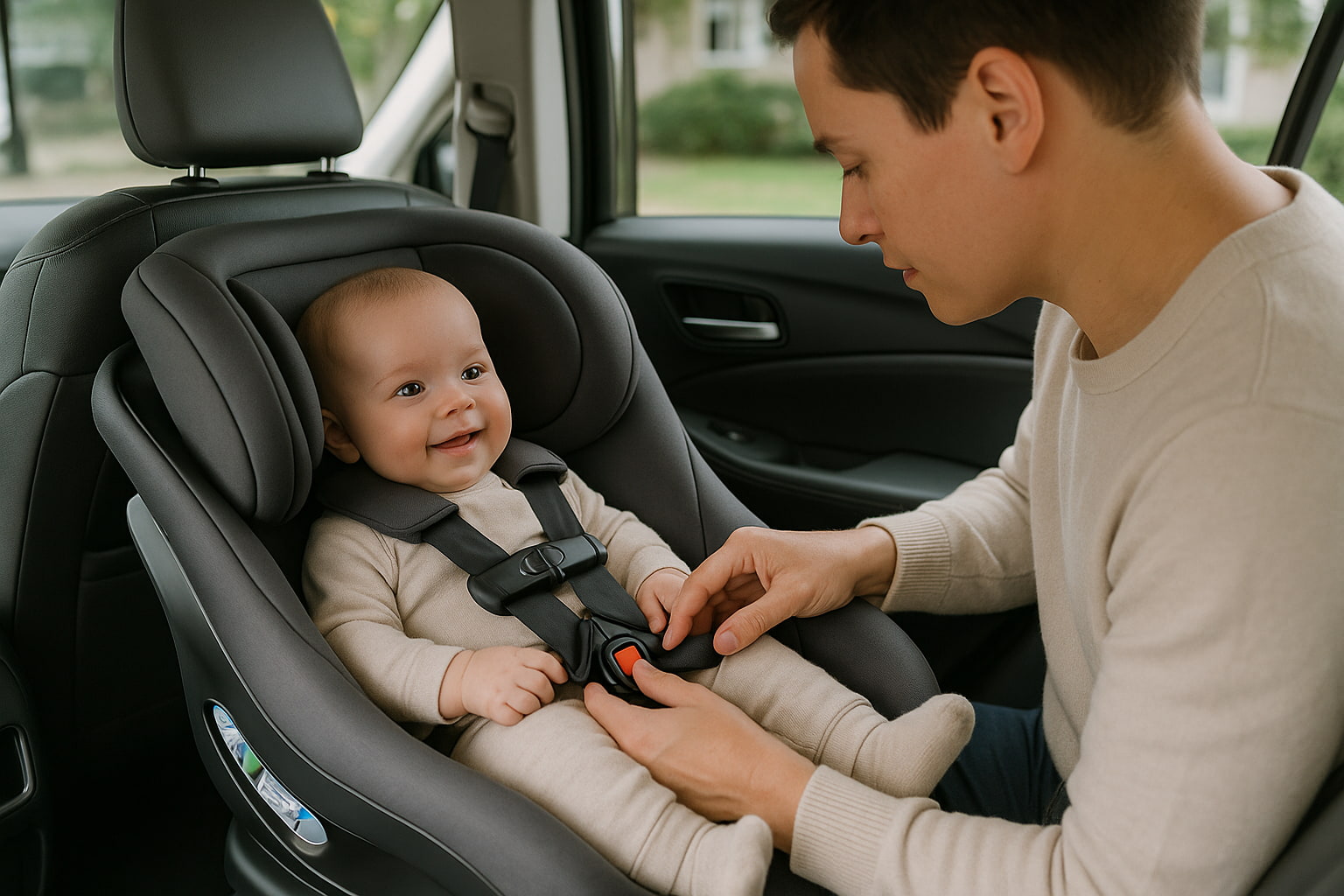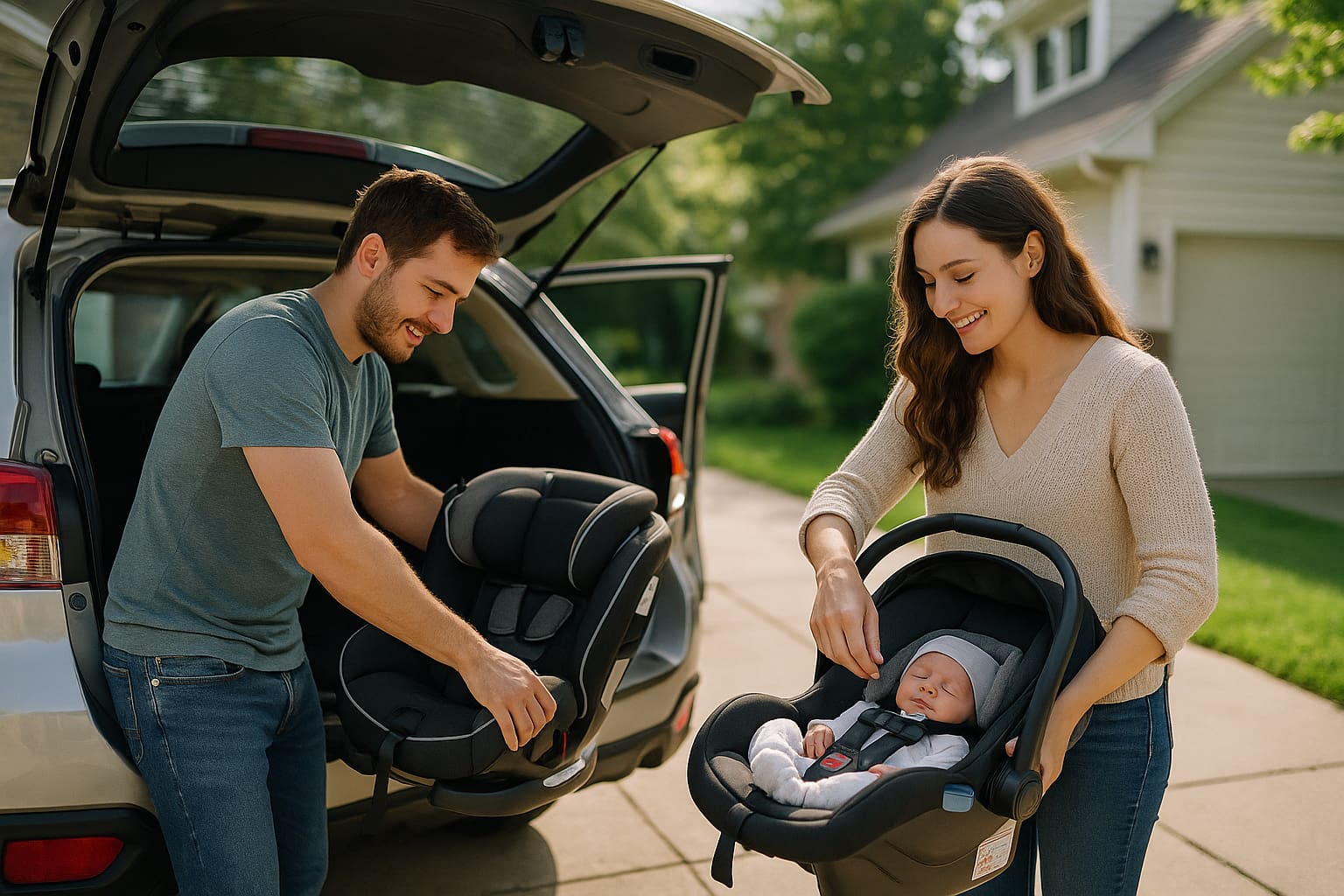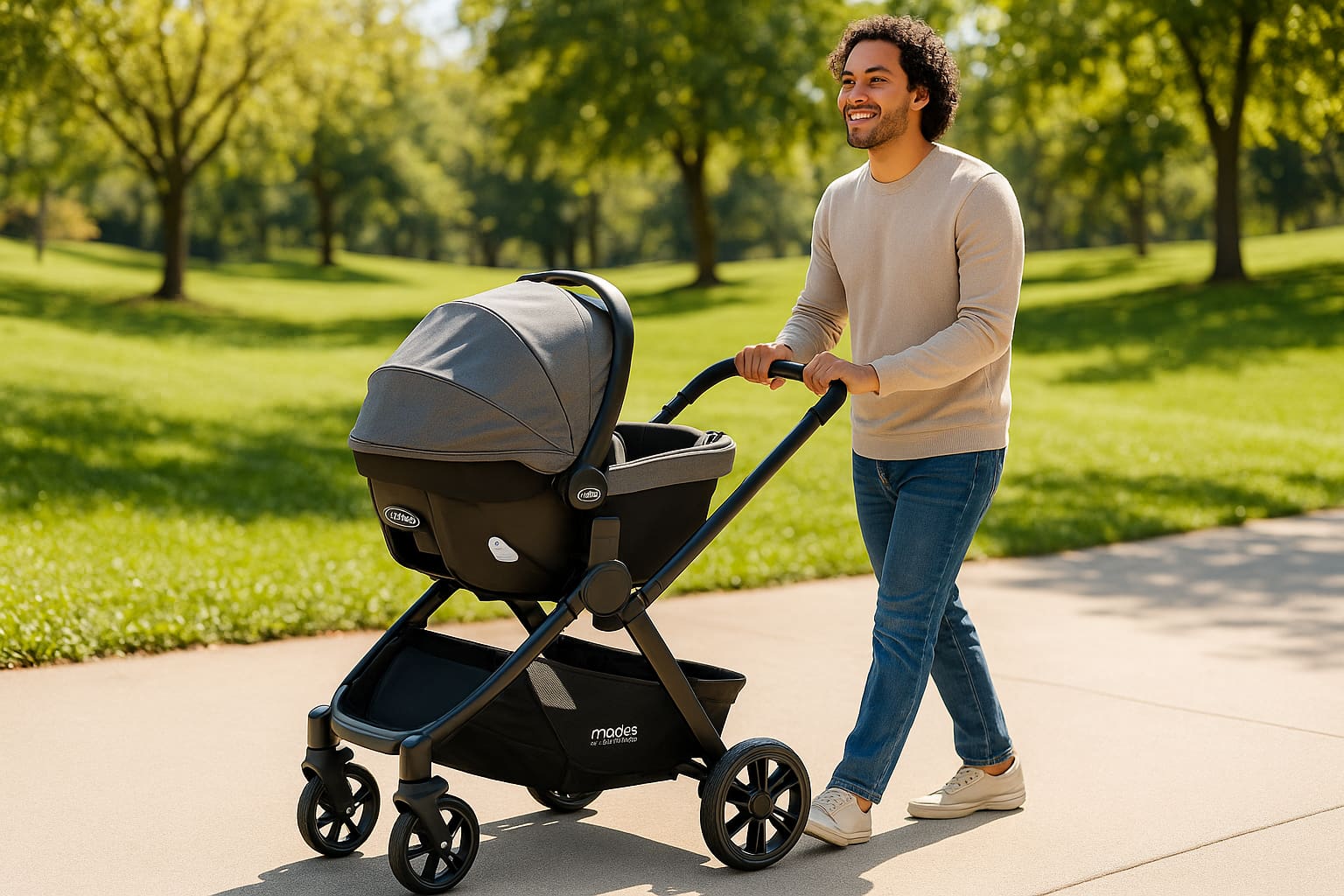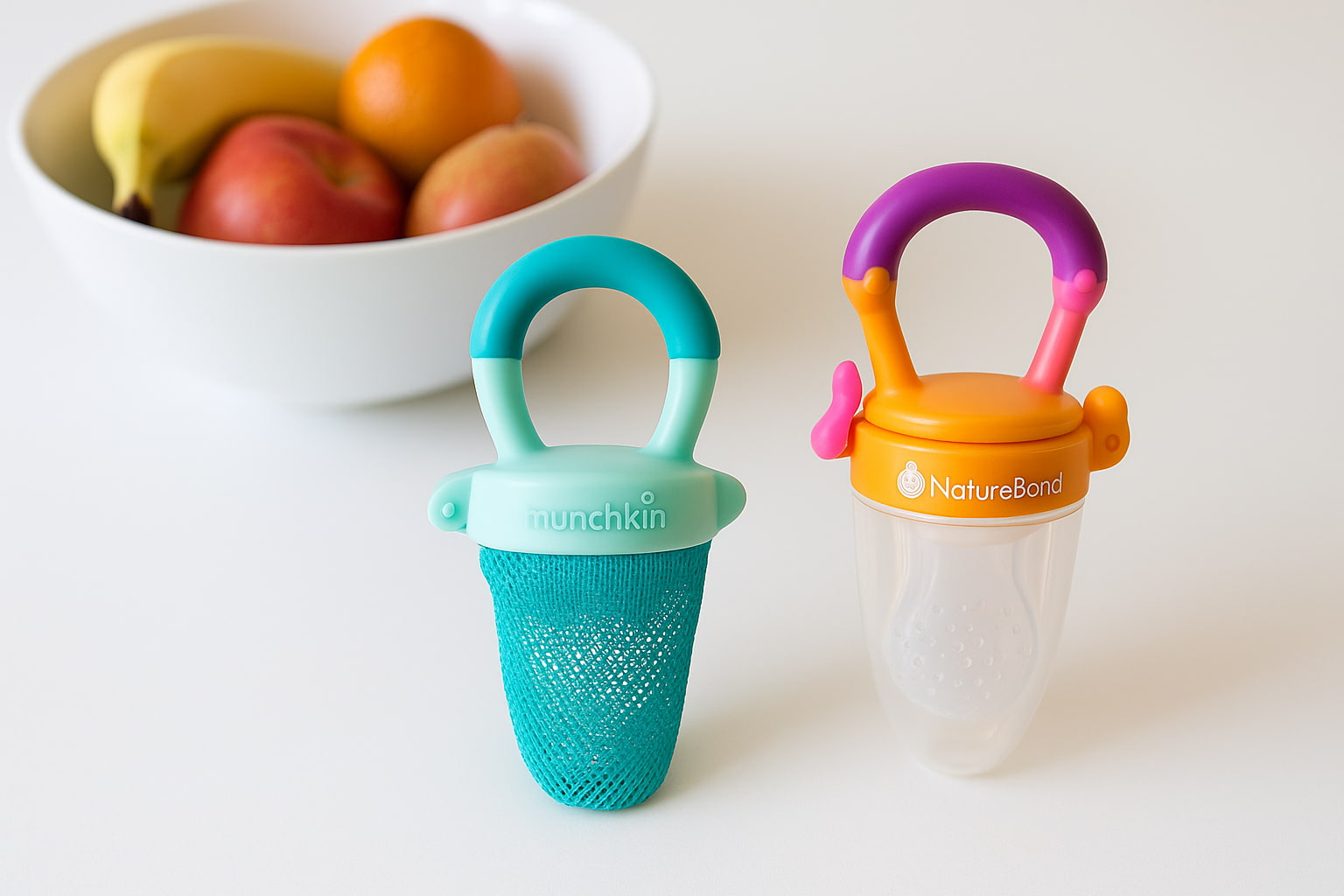Keeping your baby safe in the car isn’t just about buckling them in. In 2025, car safety standards for babies have changed, and parents need to know what’s new. These updated rules help protect your baby during every ride.
They tell you how to pick the right seat, install it the right way, and check if it meets current laws. If your car seat is old, borrowed, or not used properly, it might not keep your baby safe.
👶 Some states now ask parents to keep babies rear-facing even longer
🚗 Hospitals may check your seat before you leave with your newborn
🔍 New crash tests and labels show which seats pass the latest rules
This guide will help you understand it all, without feeling lost or stressed. If you’re switching cars, using different seats, or just want to double-check your setup, you’re in the right place.
By the end, you’ll feel sure, safe, and ready to ride.
1️⃣ What’s New in Baby Car Seat Laws This Year?
Car seat rules can change fast, and 2025 brings some big updates for parents.
Some states now ask that babies stay rear-facing longer, often until age 2 or more. In case of an accident, this helps protect their head, neck, and spine.
✅ New rules now require clearer labels on car seats
✅ Some hospitals won’t let you leave without a car seat check
✅ LATCH system use has new weight limits in some areas
✅ Car seats must meet updated federal safety tests
Also, many states are giving out free car seat checks at fire stations or clinics. That means you can get help to make sure your seat is right, no guesswork.
If your seat is older than 6 years, check if it still meets the car safety standards for babies 2025. Some older models may no longer qualify under new crash test rules.
These changes are here to keep babies safer, every mile, every day.
2️⃣ NHTSA Guidelines vs Federal Safety Laws: What’s the Difference?
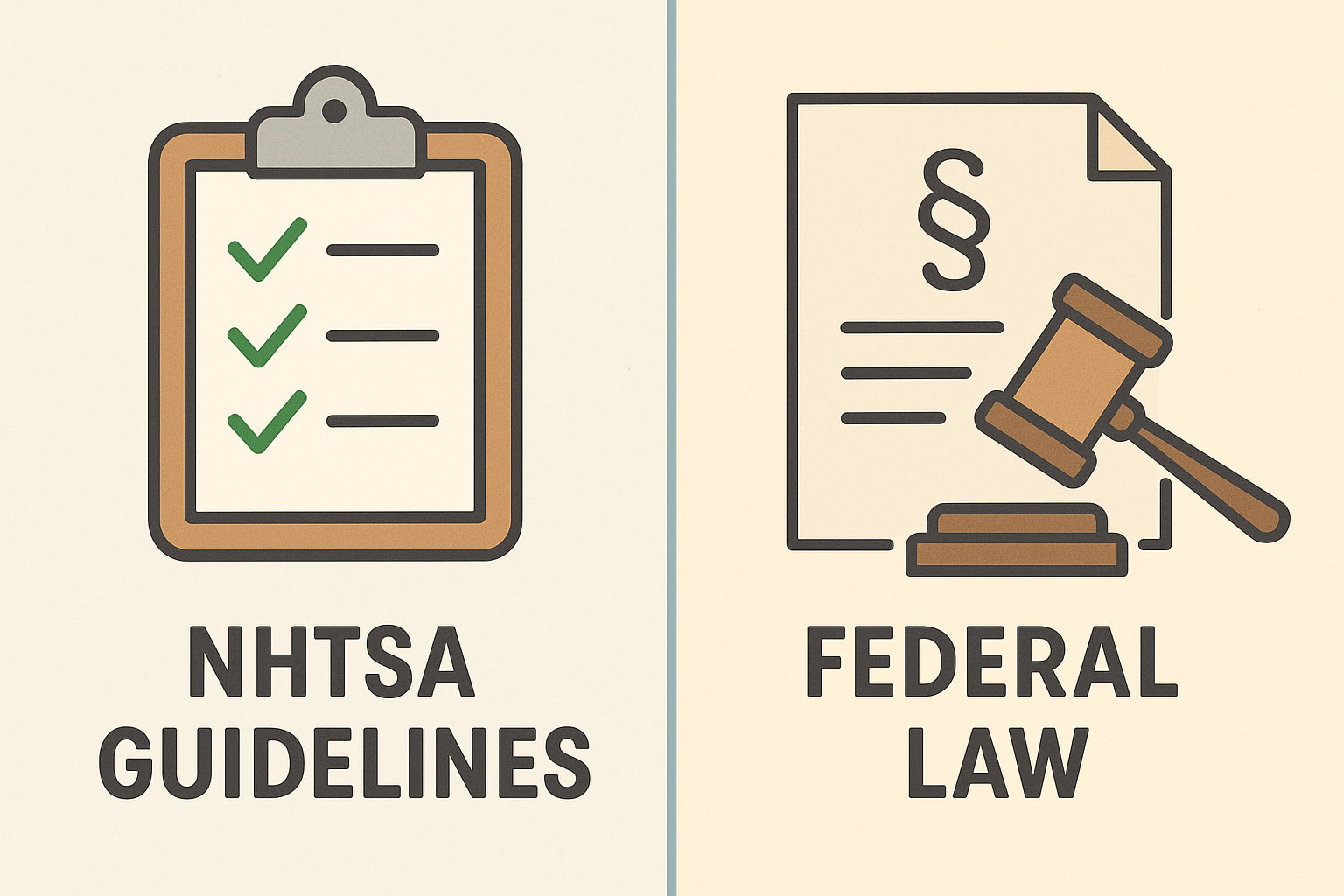
It’s easy to get confused between rules and tips. But here’s the truth: they aren’t the same.
Federal safety laws are the hard rules. Car seat makers must follow them. These include things like:
✅ Crash test results
✅ Labeling rules
✅ Harness strength
NHTSA guidelines are expert tips from safety pros. These aren’t laws, but they help you go beyond the minimum.
🟢 NHTSA might say to keep kids rear-facing longer
🟢 They may suggest car seat checks after small crashes
🟢 They offer tips on seat angle and head support
When you follow both, your baby gets maximum protection. So don’t just meet the rules, aim higher when you can.
Car safety standards for babies 2025 are built on both laws and expert help. Understanding the difference makes you a stronger, smarter parent.
➡️Still unsure about which way your baby should face? Check our full breakdown of rear-facing vs forward-facing car seats for safer travels in 2025.
3️⃣ Hidden Safety Risks That Laws Can’t Catch
Car seat laws cover a lot, but not everything.
Some risks don’t show up in tests or crash labs. They happen in real life.
✅ Loose harness straps can seem fine, but slip in a crash
✅ Worn-out buckles may pass checks but fail under pressure
✅ Thick jackets can cause a snug fit and make the seat unsafe
✅ Wrong seat angle can block your baby’s breathing
These problems are easy to miss but matter a lot.
Even a seat that passes all car safety standards for babies in 2025 can still be dangerous if used wrong.
Always read the manual. Check the fit every time. Small things keep your baby much safer.
4️⃣ Understanding FMVSS 213: What Every Parent Should Know
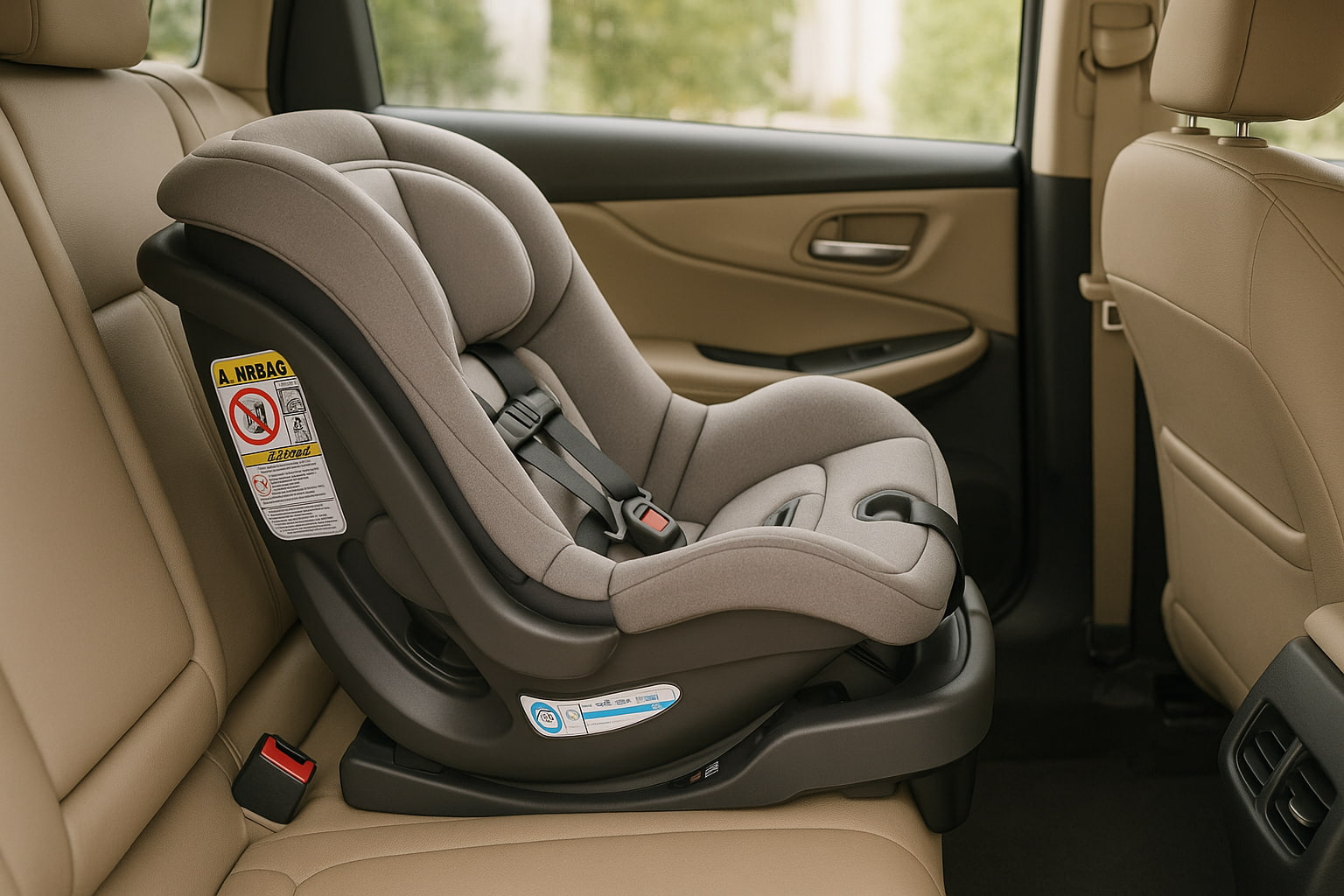
FMVSS 213 is a long name. But it’s one every parent should know.
It stands for Federal Motor Vehicle Safety Standard 213. It tells makers how car seats must be tested.
✅ Crash-tested with real crash dummies
✅ Checked how well the harness holds
✅ Tested how the seat fits in cars
✅ Measured for head and chest safety
If a seat passes FMVSS 213, it meets the law’s basic rules for safety.
But some seats go beyond this. They may add extra protection, like anti-rebound bars or load legs.
So always look for FMVSS 213 approval. It means your seat meets the main car safety standards for babies 2025.
➡️ Still unsure what suits your daily routine better? Explore our guide on Infant Carriers vs Travel Systems to find your perfect fit.
5️⃣ Real-World Mistakes That Still Break the Rules
Even with all the laws and labels, parents still make simple car seat mistakes that can lead to big safety issues.
👶 Using the incorrect harness slot has become the most common. If it’s too high or low, your baby isn’t fully protected.
❌ Another mistake? Letting the straps get loose over time. Even a tiny gap can make a crash much more dangerous.
🟡 Some parents skip the chest clip or place it too low. For the clip to be useful, it must be at armpit level.
🔹 Using puffy coats in the car seat is also a big no. They stop the straps from tightening right.
These are easy errors, but they matter. The safest seat only works if used the right way, every ride.
📌 Fact Box – Most Parents Don’t Know This Clause Exists
🧐 FMVSS 213 sets required crash tests, but it does not cover every real-world setup, like the fabrics, car angles, or user mistakes in everyday use. That’s why parental judgment matters just as much as the laws.
6️⃣ State vs Federal Standards: Which One Applies to You?
Not all car seat rules are the same across the U.S.
🔹 Federal standards (like FMVSS 213) set the base level of safety that all car seats must meet before being sold.
🔹 But state laws decide things like when your child can face forward or ride without a seat.
This means that even if your seat is legal to sell, it might not be legal to use in the way you want in your state.
✅ Some states require kids to stay rear-facing longer.
✅ Others may allow booster seats sooner than experts recommend.
✅ The safest choice? Follow both, but let safety be your guide.
If you’re traveling across states, double-check the laws where you’re going. What is OK in one state may be considered a risk or a ticket in another.
➡️ Want to be sure that you’re prepared for each ride?? Use our Car-to-Home Safety Checklist for New Parents to cover all the musts before heading out.
7️⃣ Rear-Facing Safety in 2025: What’s the Official Advice?
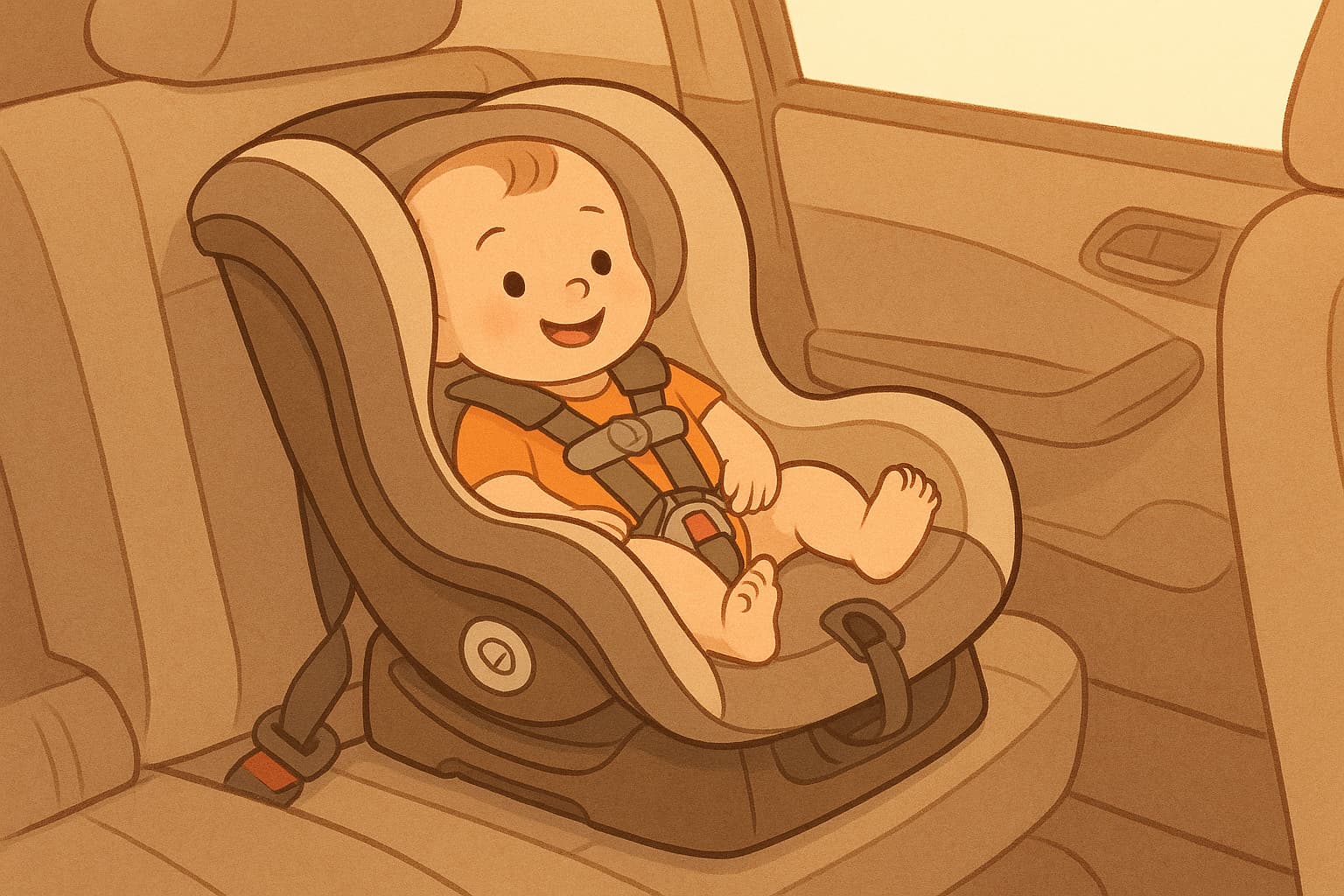
Experts still agree, rear-facing is the safest way for babies to ride.
In 2025, both the AAP and NHTSA recommend keeping children rear-facing until at least age 2, or until they reach the height or weight limit of their car seat.
🟢 Rear-facing protects the neck and spine better in crashes
🟢 Babies’ heads are large and heavy, rear-facing helps absorb force
🟢 Most infant seats allow rear-facing up to 30–35 pounds
Even if your baby looks big enough, turning them forward too soon can increase the risk. The seat might pass federal rules, but your child’s body may not be ready.
So keep your infant facing back if they fit. It’s one of the easiest ways to keep them safer longer.
8️⃣ International Car Seat Standards: How the U.S. Compares
Not all countries follow the same safety rules. Some are stricter. Some are more flexible.
🔹 In the U.S., FMVSS 213 is the federal rule.
🔹 In Europe, it’s UN R129 (i-Size), which has more side-impact testing.
🔹 Canada adds extra rules for booster seats and tethers.
One big difference? Many European countries require rear-facing until age 4. The U.S. suggests it, but not all states require it by law.
That’s why comparing car seats from other countries can be tricky. Even if a seat looks safe, it may not be legal to use in the U.S.
Always check that the seat is FMVSS 213 certified before buying or importing.
➡️ Wondering which brand holds up across borders? See how top picks like Graco and Chicco compare in our full breakdown.
9️⃣ What to Expect in the Next Update: Trends Beyond 2025
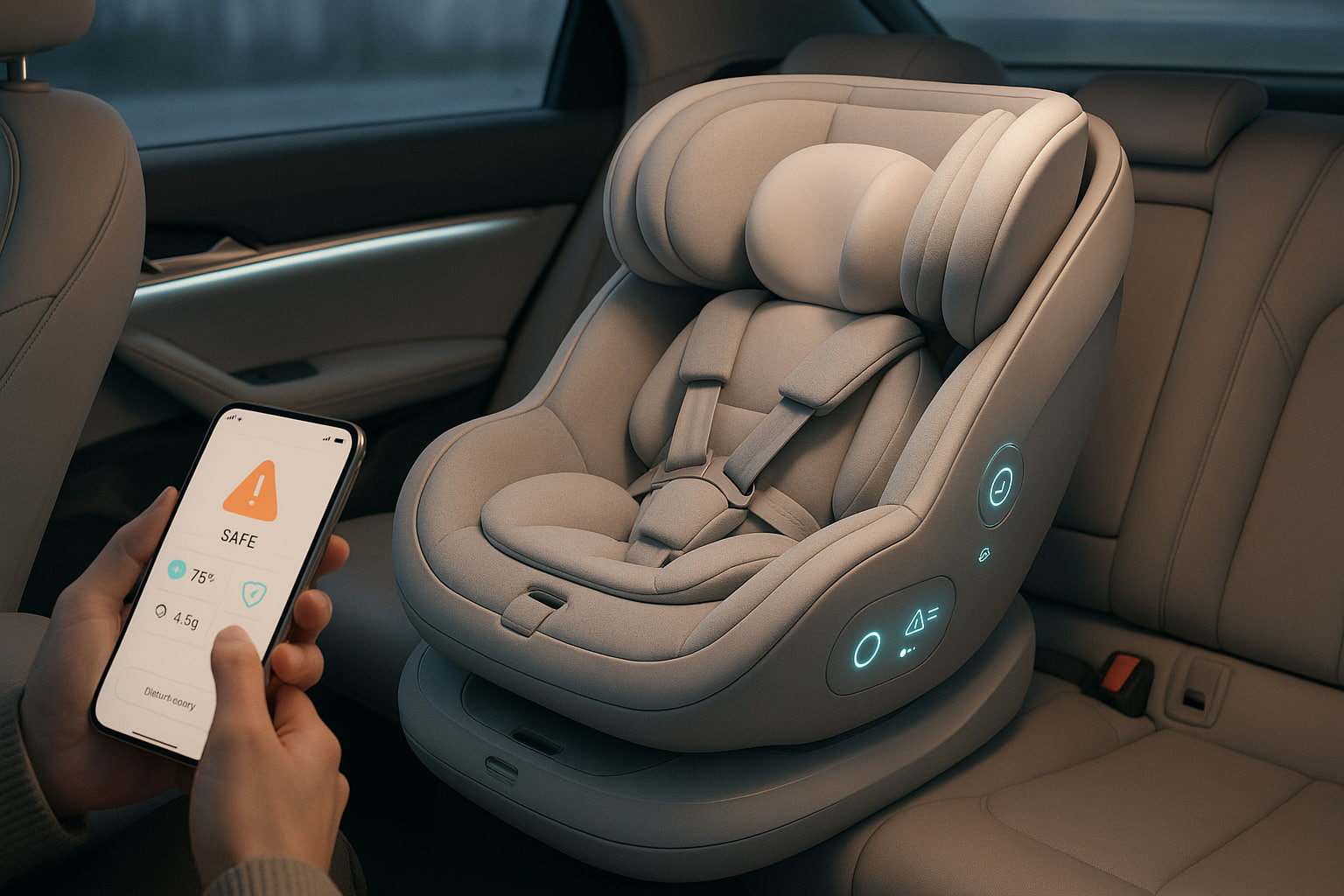
Car seat rules don’t stay the same forever. Big changes are coming.
🔸 More focus is going toward side-impact protection
🔸 Smart sensors may soon alert parents to wrong installs
🔸 Some seats will auto-adjust as your baby grows
By 2026, experts expect more tech features and fewer manual steps. That means easier setup and fewer mistakes.
Also, U.S. laws may start to look more like Europe’s i-Size rules, especially for rear-facing.
The next update to FMVSS 213 could include real crash data and better testing for short rides, like daycare drop-offs.
If you’re shopping now, pick gear that’s already built for the future. Some brands also meet international standards and are ahead of the curve.
🔟 Final Verdict: What Today’s Standards Really Mean for Your Baby
You want to do everything perfectly as a parent, especially when it comes to the car. That’s why understanding car safety standards for babies 2025 isn’t just helpful, it’s essential.
These rules tell us how strong, safe, and smart baby gear needs to be. They remind us that keeping the seat rear-facing, installing it tightly, and securing the harness properly can make a big difference during a crash.
But even the best laws can’t cover everything. That’s where you come in. Your choices, your checks, and your common sense matter more than any label or instruction.
The good news? You’re not alone. From smart car seats to safety checklists, today’s tools are made to help, not confuse, you.
So as safety rules grow and change, just remember: you’re learning right along with them. Keep it simple, stay alert, and trust your gut.
Because in the end, the best safety standard is a parent who pays attention.
You’re already doing great.
❓ FAQs About Car Safety Standards for Babies 2025
1️⃣ Do all states have the same rules regarding car seats?
No, car seat rules aren’t the same everywhere. Each state sets its own guidelines. Some follow just the basics, while others add more strict age or weight rules. Always check your state’s law before driving.
2️⃣ What’s the difference between U.S. and European car seat standards?
European seats use a different system and don’t allow chest clips. U.S. seats must follow FMVSS 213 and often have more padding and latch options. Stick with seats approved in your country.
3️⃣ How do I know if my car seat is still legal in 2025?
Look for a sticker showing that it meets FMVSS 213. Also check the seat’s expiration date, most last 6-10 years.
4️⃣ Can I skip a car seat if it’s a short trip?
No. Even a block away from one’s home, car accidents might occur. Your child needs the appropriate car seat for every journey, no matter how long or short.
⚠ Disclaimer
This article is for informational purposes only and should not replace professional medical advice.
✍️ By Find For Baby
We’re a group of safety-focused parents who help others pick the right baby gear and use it correctly, so you worry less and bond more.
